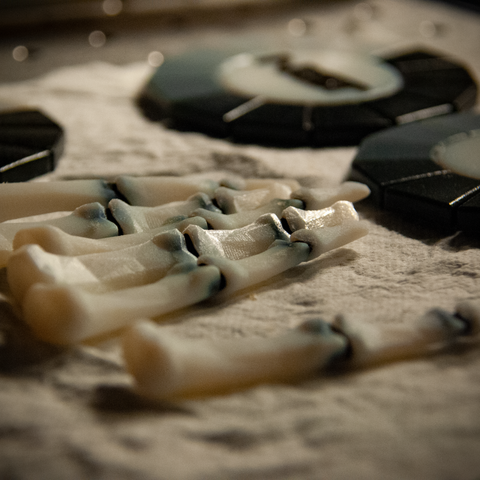
Fingers crossed for the future of identity verification — capturing fingerprints without skin-to-device contact requires a bit of translation to maintain compatibility with existing fingerprints. Traditional fingerprint devices see the world in 2D, while our fingertips and the ridges on their surface are 3D. To test the accuracy of the emerging contactless technology, our researchers have developed ways of comparing the images captured through contact versus contactless processes.
But what’s with the skeletal photo? The researchers developed standard reference test fingers (via 3D printing) that can be used for the image comparisons. These flexible replica bones are inside the reference finger, encased in a clear material with an engraved fingerprint on its surface.
Find the full details in the research paper.
Follow us on social media for more like this from all across NIST!

